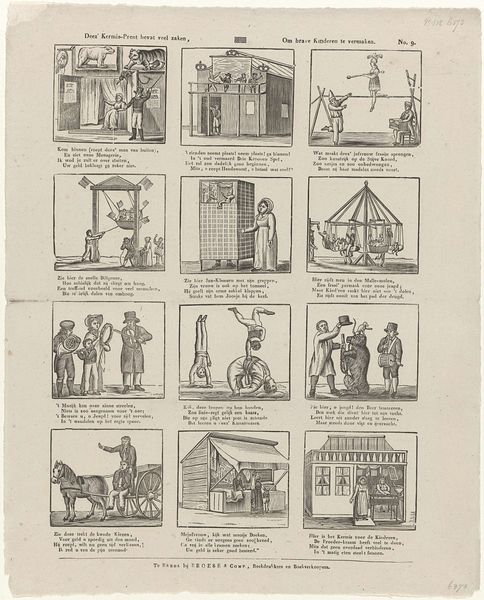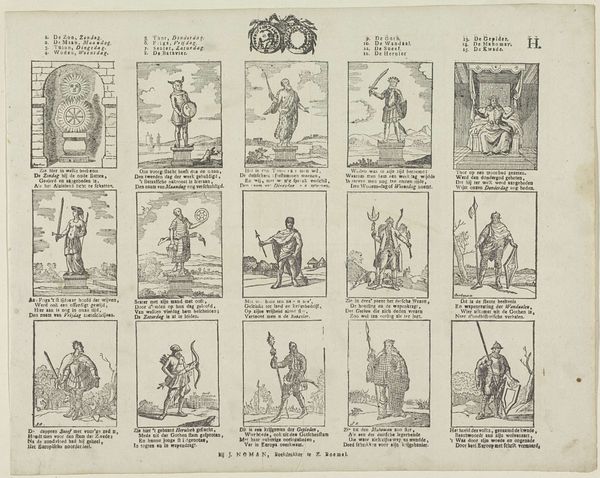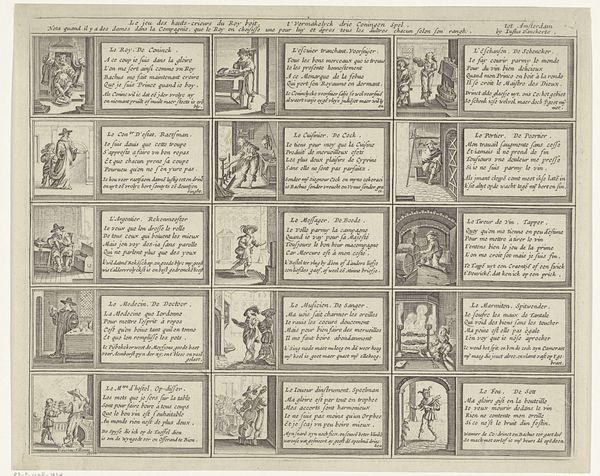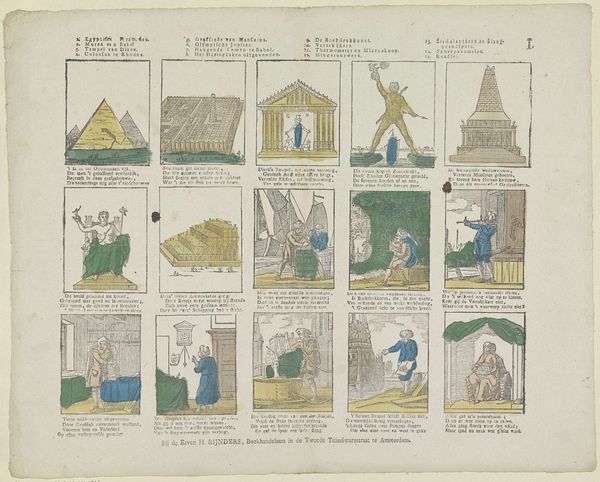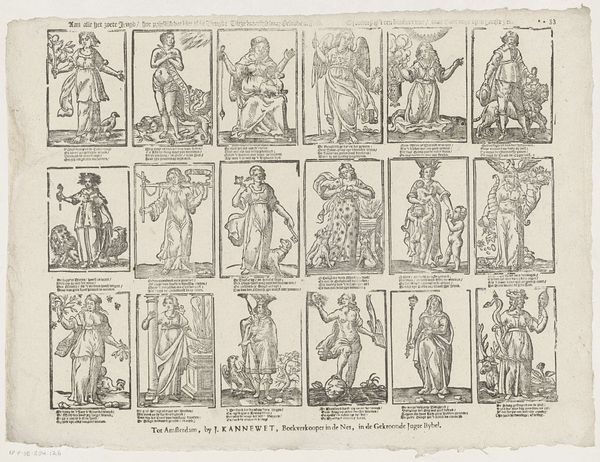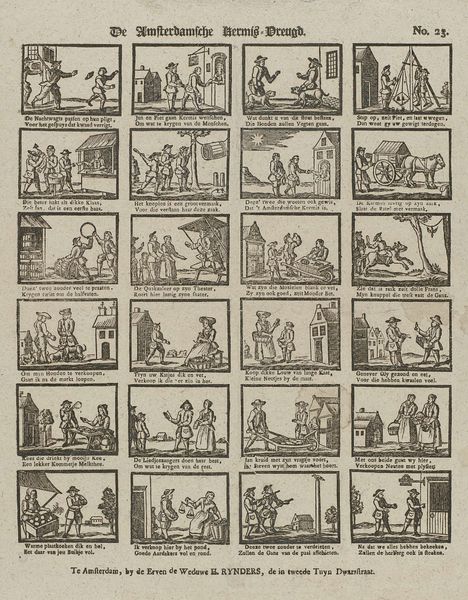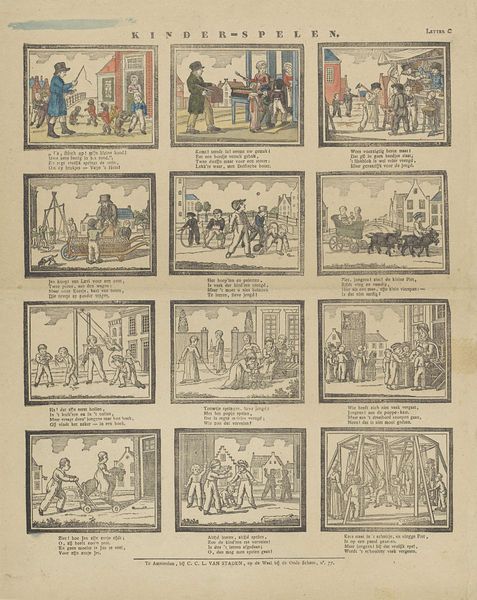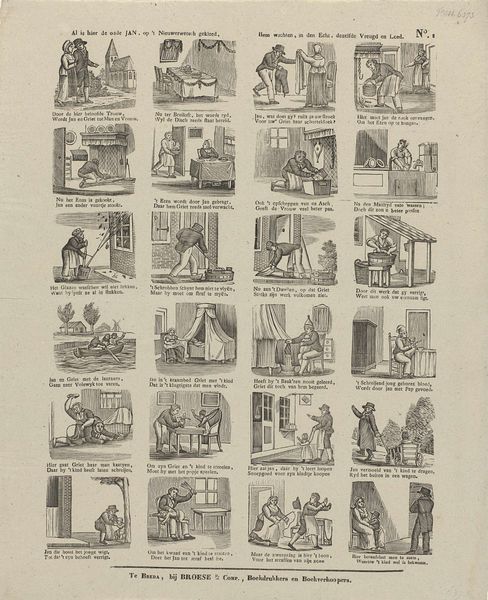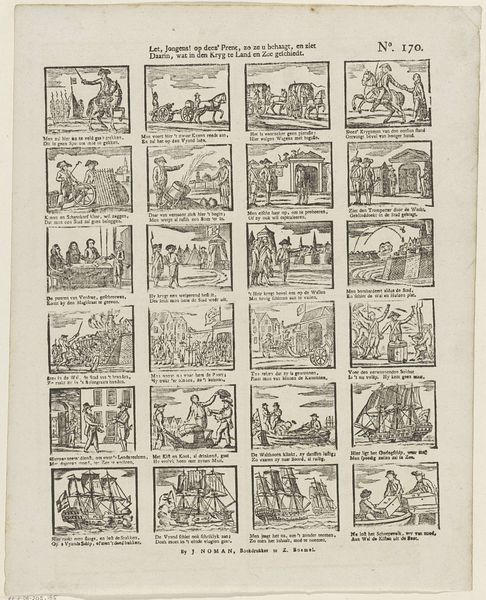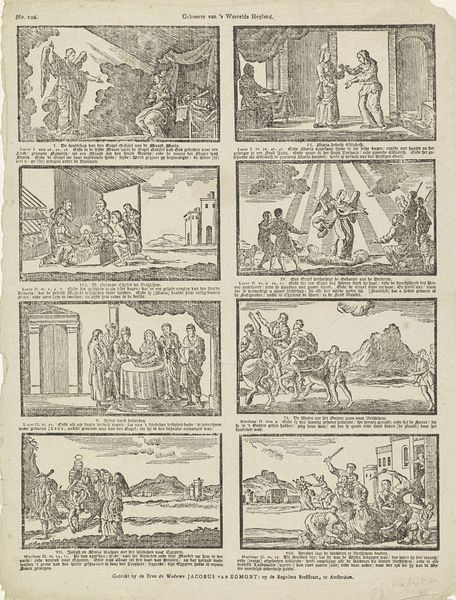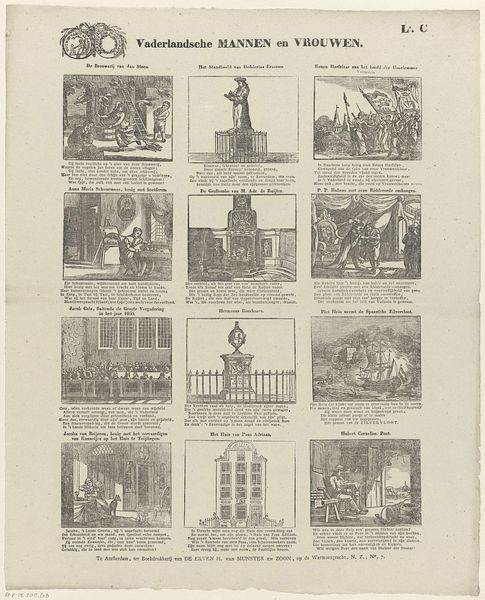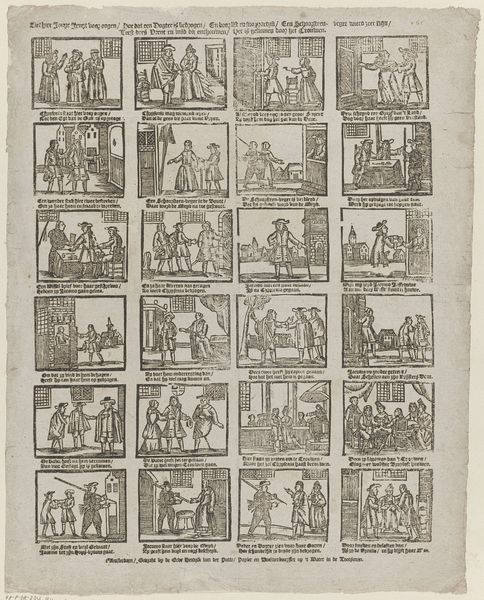
print, engraving
#
narrative-art
# print
#
classical-realism
#
cityscape
#
history-painting
#
engraving
Dimensions: height 315 mm, width 400 mm
Copyright: Rijks Museum: Open Domain
Curator: This print, titled "Seven Wonders of the World and Important Inventions", dates from between 1806 and 1830. It's currently held at the Rijksmuseum. The artist, Gerrit Oortman, uses engraving to depict these historical wonders and, interestingly, contemporary innovations of the period. Editor: The print certainly conveys a sense of historical curiosity, a desire to classify and compare achievements. However, the compositions are so dense with detail, and the contrast so stark. Is that merely a characteristic of engraving, or do you find it adds meaning here? Curator: The detailed linework and monochrome palette are intrinsic to the engraving process. However, the visual effect echoes the Enlightenment's encyclopedic impulse: to record and understand through precise observation. The engraving technique lends a certain authority to the depiction. Editor: But how reliable is that authority? Each scene is presented in its own framed compartment, which creates a sense of disconnect. Does that serve to elevate each subject or compartmentalize our understanding of interconnected histories? Curator: Precisely! The artist offers us individual glimpses, creating a type of typology. By putting them side-by-side, Oortman proposes relationships or allows viewers to make connections themselves. It's an attempt to create visual analogies, highlighting similarities of engineering ingenuity. Editor: Placing those ancient wonders alongside more recent inventions—isn't that suggesting a progressive view of history, a narrative of constant improvement and advancement? That's very much a story of power structures too, how those achievements are connected to societal evolutions and changes. Curator: Indeed, one cannot deny how institutions can condition cultural change and shape how achievements are received. I can agree that social norms are mirrored here and speak of progress, science, and industrialization. The power dynamic in cultural creations makes the viewer question who created which technology. Editor: Well, I found it revealing to examine the framing techniques in tandem with each scene and how each depiction holds specific values depending on location, date, or artistic vision. Curator: And I was compelled by how Gerrit used material elements in the compositions as symbolic anchors of each wonder or invention, making a very visually rich experience.
Comments
No comments
Be the first to comment and join the conversation on the ultimate creative platform.
